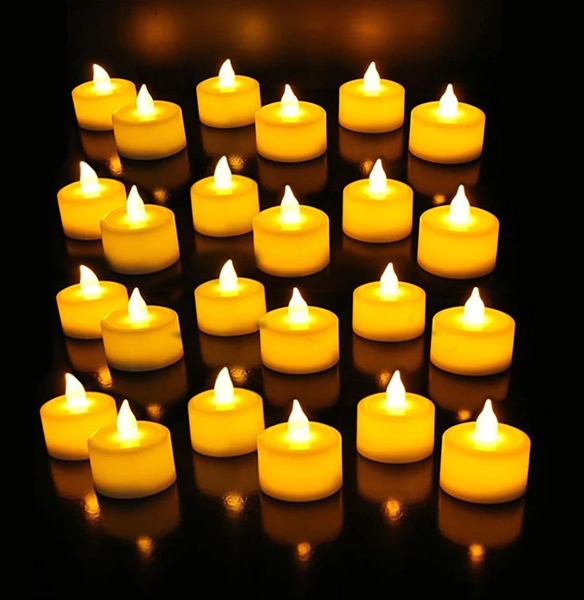
In recent years, LED candles have surged in popularity, offering a safe and convenient alternative to traditional wax candles. These innovative lighting solutions provide the ambiance of a flickering flame without the risks associated with open flames, such as fire hazards and smoke. But how do LED candles work? In this article, we will explore the technology behind LED candles, their components, and the benefits they offer.
The Basics of LED Technology
LED stands for Light Emitting Diode, a semiconductor device that emits light when an electric current passes through it. Unlike traditional incandescent bulbs, which produce light by heating a filament, LEDs generate light through electroluminescence. This process involves the movement of electrons within the semiconductor material, which releases energy in the form of photons, creating visible light.
LEDs are known for their energy efficiency, longevity, and low heat output. These characteristics make them ideal for use in candles, where safety and durability are paramount.

Components of LED Candles
An LED candle typically consists of several key components:
LED Light Source: The heart of the LED candle is the LED bulb itself. These bulbs can be designed to mimic the warm glow of traditional candlelight, often using a combination of different colored LEDs to achieve a realistic effect.
Power Source: Most LED candles are powered by batteries, which can be either disposable or rechargeable. Some models may also feature a USB charging option, allowing for easy recharging without the need for battery replacement.
Control Circuit: This component regulates the power supplied to the LED, controlling its brightness and flickering effect. Many LED candles come with built-in timers or remote controls, allowing users to customize their lighting experience.
Casing: The outer shell of an LED candle is usually made from plastic or wax-like materials that mimic the appearance of traditional candles. This casing is designed to withstand heat and protect the internal components.
Flickering Mechanism: To replicate the natural flicker of a real flame, many LED candles incorporate a flickering mechanism. This can be achieved through software programming or by using a small motor that moves the LED light source slightly, creating a dynamic lighting effect.
How LED Candles Create a Realistic Flame Effect
One of the most appealing features of LED candles is their ability to simulate the flickering of a real flame. This is accomplished through a combination of techniques:
Variable Brightness: The control circuit adjusts the brightness of the LED in a random pattern, mimicking the way a real flame flickers and dances.
Color Variation: Some LED candles use multiple colored LEDs to create a more realistic flame effect. By varying the intensity of different colored lights, manufacturers can replicate the warm hues of a traditional candle flame.
Movement Simulation: As mentioned earlier, some models incorporate a small motor that causes the LED to sway slightly, enhancing the illusion of a flickering flame.

Benefits of Using LED Candles
LED candles offer numerous advantages over traditional candles, making them an attractive option for many consumers:
Safety: Since LED candles do not produce an open flame, they eliminate the risk of fire hazards. This makes them ideal for use in homes with children or pets.
No Smoke or Soot: Unlike traditional candles, LED candles do not produce smoke or soot, making them a cleaner option for indoor use.
Long Lifespan: LED bulbs can last for thousands of hours, significantly outlasting traditional candles. This means less frequent replacements and lower overall costs.
Energy Efficiency: LED candles consume far less energy than traditional candles, making them an environmentally friendly choice.
Versatility: LED candles come in various shapes, sizes, and colors, allowing for creative decoration options. They can be used for various occasions, from romantic dinners to festive celebrations.
Convenience: Many LED candles come with timers or remote controls, allowing users to easily turn them on and off or set them to operate on a schedule.
Conclusion
In summary, LED candles represent a remarkable advancement in lighting technology, combining safety, efficiency, and aesthetic appeal. By understanding how LED candles work, consumers can make informed choices about their lighting options. Whether for creating a cozy atmosphere at home or for special occasions, LED candles provide a versatile and safe alternative to traditional candles, ensuring that the warm glow of candlelight can be enjoyed without the associated risks. As technology continues to evolve, we can expect even more innovative features and designs in the world of LED candles, further enhancing their appeal and functionality.












